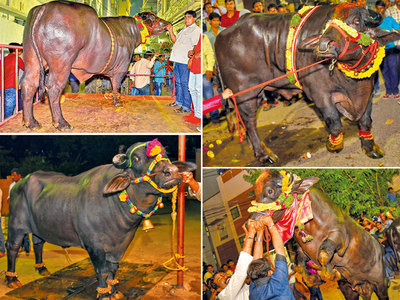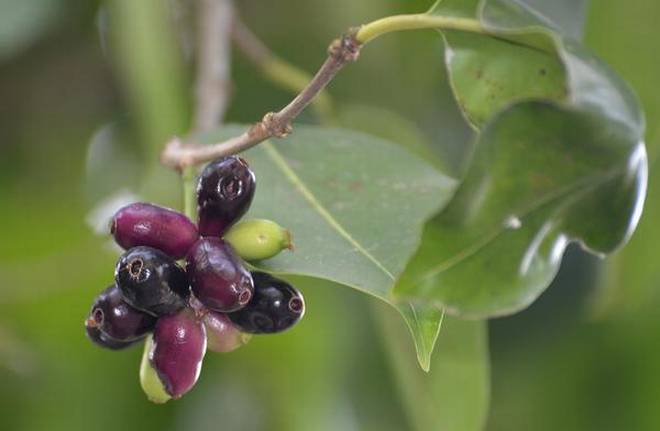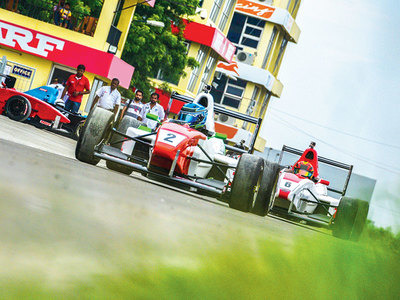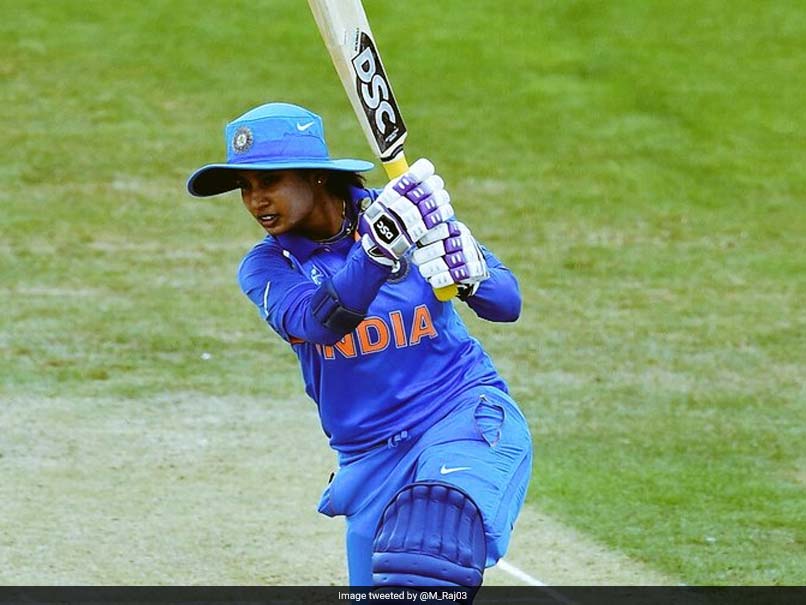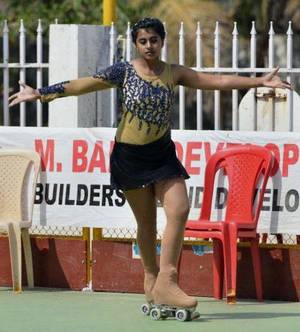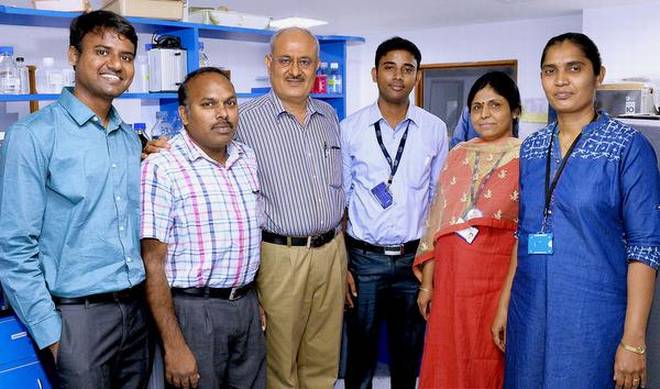Eemaata, eemaata, yuvarajula sye aata… (What a delight it is, this dance of the princes…) Thus goes the popular song that best encapsulates the essence of Sadar festival aka Telangana’s very own ‘Dunnapothula Panduga’. Its English translation, ‘Buffalo Carnival of Telangana’ doesn’t quite have the same ring somehow. That’s besides the point though. For this festival is a celebration of the buffaloes — the ‘dancing princes’ that the aforementioned lines of the Sadar song extol. And the star attraction of this year’s festivities were the magnificent Murrah quartet — Raja, Dara, Maharaja and Shahenshah — each weighing well over 1,200 kilos!
As their proud handlers rave about the USP of these hulking bulls, your jaw drops in amazement. “The 4-year-old Raja weighs close to 1300 kg and is a 12-time National Livestock Champion. Maharaja, 6, from Chevella is a 6ft 2 inch-tall 1400-kg alpha male who makes for a breathtaking sight. Then there is Dara, son of the 24-time National Livestock Champion, Yuvraj, who’s fathered over 2,00,000 calves. Like his massive father, Dara tips the scales over 1,300 kgs. And the most expensive of them all is four-and-a-half year old Shahenshah who towers at a staggering 7 ft and weighs a whopping 1500 kilos,” say brothers Mahesh Yadav and Madhukar Yadav, organisers of the Sadar festivities which were held in Srinagar Colony on Friday night.
Bred and raised in Hyderabad, Shahenshah is hailed as the pride of Telangana by E Haribabu Yadav, state general secretary, All India Yadav Mahasabha. “Recently a buyer offered `25 crore to buy Shahenshah but his owner Ahmed Alam Khan refused to sell,” says Haribabu, adding, “Shahenshah was bred and groomed with the intention of beating the celebrated super bull Yuvraj of Hissar (Haryana),” says Haribabu who organised the Sadar festivities in Musheerabad on Saturday night.
And it seems like he’s already living up to expectations. Shahenshah recently entered the record books as the ‘World’s Most Expensive Bull’. “Shahenshah is one of the finest specimens of the murrah breed of buffalos that is ethnic to India. Standing 7 ft tall and 15 ft long, this bull is the pride of India,” says Suman Palle, CEO, High Range Book of World Records.
“The price of a bull is determined by the value of it’s semen which is much in demand. Each ejaculation fetches anywhere between `1,00,000 to `1,50,000. Hundreds of doses are prepared from the semen discharged during every ejaculation which is frozen in liquid nitrogen and sold to dairy farmers,” explains Ahmed Aalam Khah.
These bulls lead a charmed life indeed. “We spend about `4,000- `5,000 every day. They are given oil baths three times a day and it has a couple of attendants looking after it all day. Shahenshah drinks 30-40 litres of milk mixed with raw eggs every day. It’s diet consists of 100-150 apples, laddus made of kaju, pista, badam and dates, concentrates, green grass and hay.”
source: http://www.timesofindia.indiatimes.com / The Times of India / News> City News> Hyderabad News / by Karthik Pasupalate / TNN / October 23rd, 2017
